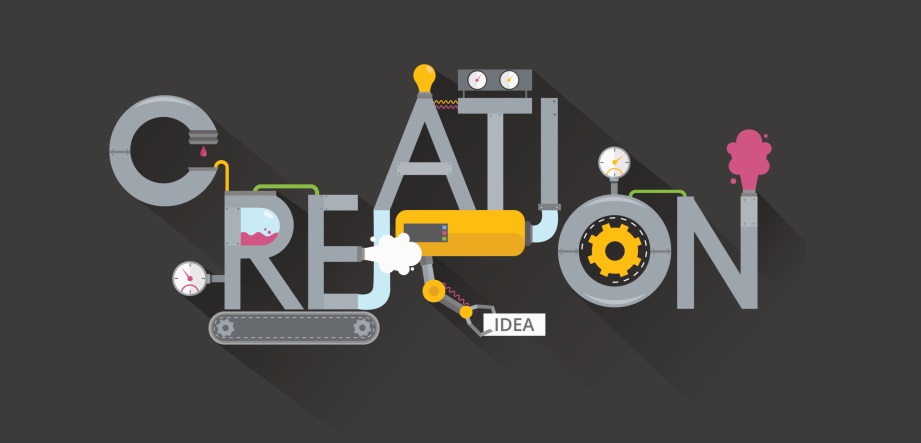

Enter Course Name Here
In this course, elementary school teachers for grades K-2 will investigate the disciplinary core idea of EST1.B: Developing Possible Solutions through the Performance Expectation K-2-ETS1-2. Develop a simple sketch, drawing, or physical model to illustrate how the shape of an object helps it function as needed to solve a given problem.
About This Course
Several conceptual shifts are present in these new standards, one of which is the elevation of Engineering, Technology, and Applications of Science (ETS) as a disciplinary core idea - placing it on the same level as Physical Science, Life Science, and Earth and Space Science. By integrating technology and engineering into the science curriculum, students can be encouraged to apply their developing scientific knowledge to solve practical problems.
This course is focused on the topic of ETS1.B: Developing Possible Solutions as it pertains to the Performance Expectation K-2-ETS1-2. Develop a simple sketch, drawing, or physical model to illustrate how the shape of an object helps it function as needed to solve a given problem.
You will experience information through a variety of media formats targeted to the following objectives:
- Describe the three dimensions of learning (Science and Engineering Practices, the Disciplinary Core Ideas, and the Crosscutting Concepts) within the Performance Expectation.
- Present an argument for the types of lessons that you will need to implement in your classroom to help students reach a level of understanding needed to master a Performance Expectation of the Engineering Design: Developing Possible Solutions page for grades K-2.
- Articulate what should be expected from a scientifically literate student at this grade level.
- Generate a general description of a lesson to target the three dimensions represented in the Performance Expectation.
- Translate your general description of a lesson into an instructional design model.
- Explain how the Science and Engineering Practices and Crosscutting Concepts support students in deepening their understanding of the Science Disciplinary Core Idea.
*In order to apply for a CEU or a PD Unit, teachers have to complete all 3 courses in this series: SCI1411E, SCI1412E and SCI1413E.
![]() Download Detailed Course Outline
Download Detailed Course Outline
WAYS TO TAKE THIS COURSE
Simply Audit this Course
Can't commit to all of the lectures, assignments, and tests? Audit this course and have complete access to all of the course material, tests, people, portfolios, and the online discussion forum. You decide what and how much you want to do.

Try for a Certificate

Looking to test your mettle? Participate in all of the course's activities (we use the honor code around here) and if your work meets the 85% requirements, you'll receive a personalized certificate to showcase your achievement. You can also apply for course credit (if desired).
Course Staff

This course explores the need and vision for new science standards, the three dimensional structure of the Performance Expectations, and the major conceptual shifts of the Next Generation Science Standards.

| Course Code: | SCI1412E |
|---|---|
| Course Release: | Apr 01, 2016 |
| Estimated Effort: | 4 Hours |
Suggested Prerequisites:
SCI0100E Investigating New Science Standards (Grades K-2)
This course explores the need and vision for new science standards, the three dimensional structure of the Performance Expectations, and the major conceptual shifts of the Next Generation Science Standards.

✕
